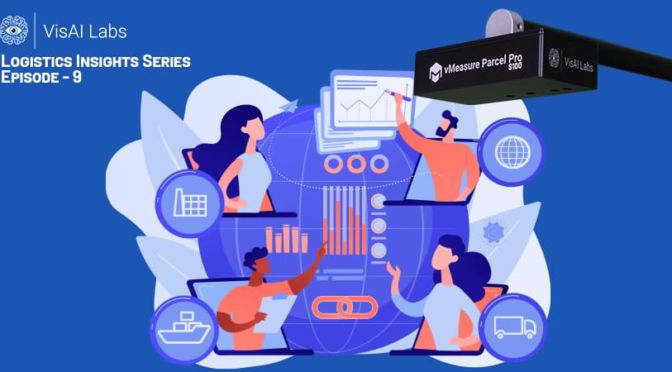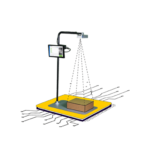What do you think you’ll take away from this episode?
Relevant links:
Podcast Transcript:
As innovation expands, consumers become more comfortable with online purchases, resulting in enormous online order requests.
As a result, most supply chain owners are fastracking the deployment of automation technology to improve working efficiency.
Through more effective delivery, tracking, inventory management, demand forecasting, and discrepancy noting systems, automation, and digitalization of the supply chain process allow businesses to execute the function more efficiently and better anticipate the demands of their customers.
But now, here’s where the real question exists: how did supply chain automation become a game-changer in the logistics and warehouse industry?
Over the last three decades, the logistics sector has encountered a mammoth shift, from physically planning each operation to automating all of them.
Also, most firms have begun reevaluating their supply chain framework.
Let’s understand this, To automate the task, we need to kill most manual activities.
Yet, before that, the industry should better understand what sort of operation has to be automated. And this includes automating all types of redundancy tasks.
For instance, we can acquire the automated parcel dimensioning system integrated with the Warehouse management system application to eliminate conventional dimensioning, record and store data to generate forecast reports, and identify fast-moving products.
As eCommerce grows, customer expectations become a vast consideration.
To fulfill the customer expectation, the company needs to concentrate on various horizons like operational effectiveness to revamp the organization into a digital supply chain.
And that’s the logistics insight for today.
This is Alphonse, signing off,
Bye!








